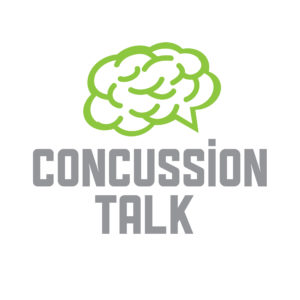Like a Detour! But this post isn’t about my ebook. It’s about neuroplasticity and building new pathways.
I’ve been reading The Brain’s Way of Healing, by Norman Doidge. Doidge’s first book, The Brain That Changes Itself,  is also a very interesting read that talks about neuroplasticity and how the brain can change. In The Brain’s Way of Healing he discusses neuroplasticity more and provides examples, showing how people have used neuroplasticity, intentionally or unintentiuonally, to enable themselves to do things thought impossible with a certain disease or injury. Luckily, for me, my incredible physiotherapist, Jen, at the Miller Centre in St. John’s, was an early adherent of neuroplasticity back in 2003, and her belief in the science certainly encouraged me to be able to do the things I now can.
Once again, thank you Jen! I can’t say it often enough. I didn’t need encouragement to work hard to improve my balance and to be able to walk, and Jen primarily encouraged/reminded me to concentrate/focus on a specific movement or muscle. Again, it was fortunate that I had good body awareness (due, I assume, to the sports I played, and my biology degree), that Jen could cue me to move a muscle – not as specific as by it’s name, but more specific than “move your leg” – and I knew what to do. It’s this awareness that, eventually, led me to get so much out of Pilates.
When Joseph Pilates began his “Contrology” (what we now call Pilates) in New York, his space was near a dance studio and dancers were often sent to him to help with their injuries. Dancing, at a high level, requires very good body awareness and the ability to use specific muscles, and that’s what Contrology excelled at. However, it’s not necessarily the specificity that’s so important, it’s more the recognition, in a general sense, that certain muscles control certain movements. As neuroplasticity and my rehab experience has shown me, recognizing that a muscle needs to be activated and activating it, are at opposite ends of the process. How the signal gets from one end to the other is what needs to be worked out.
Right now, as has been the case since my brain injury almost 12 years sgo, I have double vision. Throughout rehab, we tried using an eye patch (switching eyes after a set time), but it didn’t work. For a long time, I tried nothing, seeing if it would fix itself. That didn’t work. Between 2010 and 2011, I had three eye surgeries, done by an excellent surgeon. They didn’t work, so to complement the surgeries, I wore prism lens glasses for a while. Still, no dice. I’ve now decided, on no medical advice, to use an eye patch for a few short periods throughout the day, to see if it will help this time. It probably won’t, but it’s not going to hurt to try. While the surgeon was great, and the surgeries did seem to bring the images closer together, they didn’t fix it, and I don’t like the idea or more surgeries on my eye. I’ve more or less gotten used to the double vision and, although I expect it effects my balance, walking, and left side deficiencies a fair bit, it is part of me now. I will try to change it. I want to change it. If I don’t, I don’t. That’s fine too.
